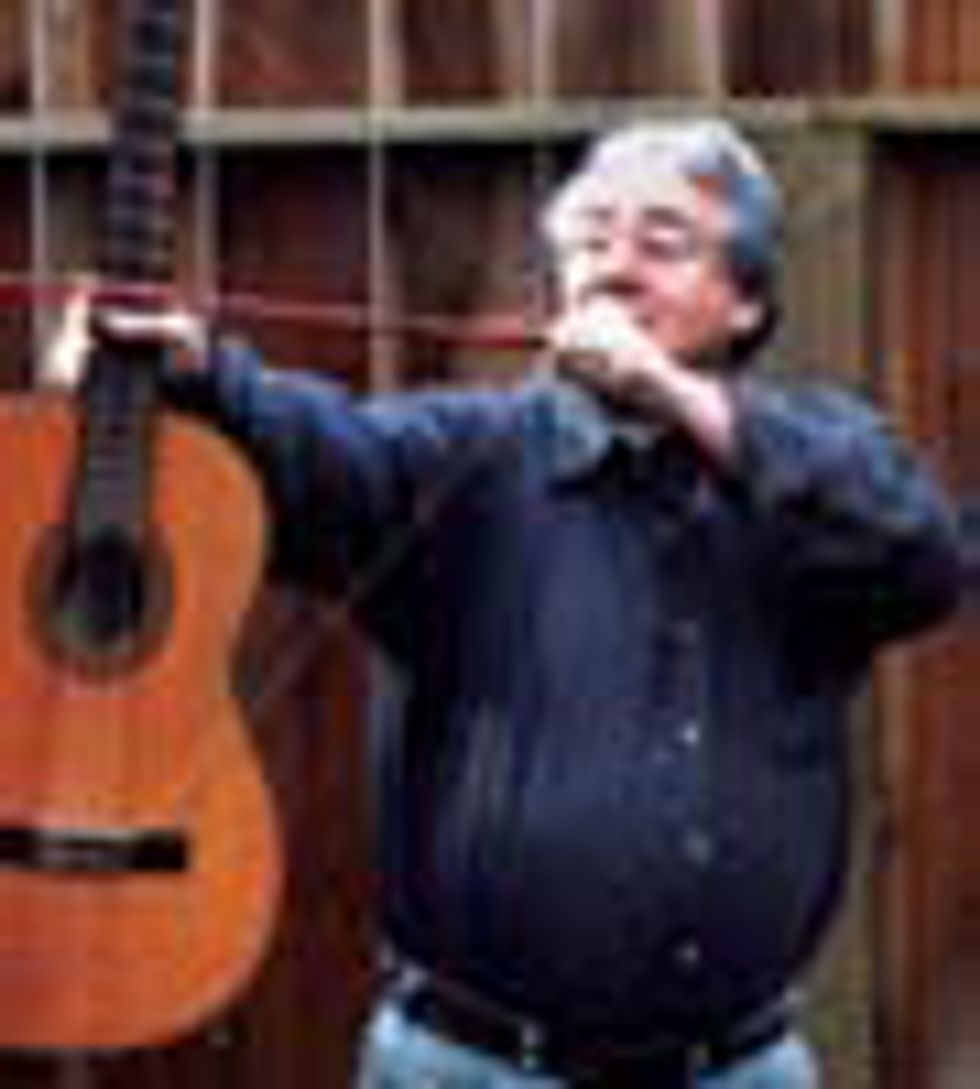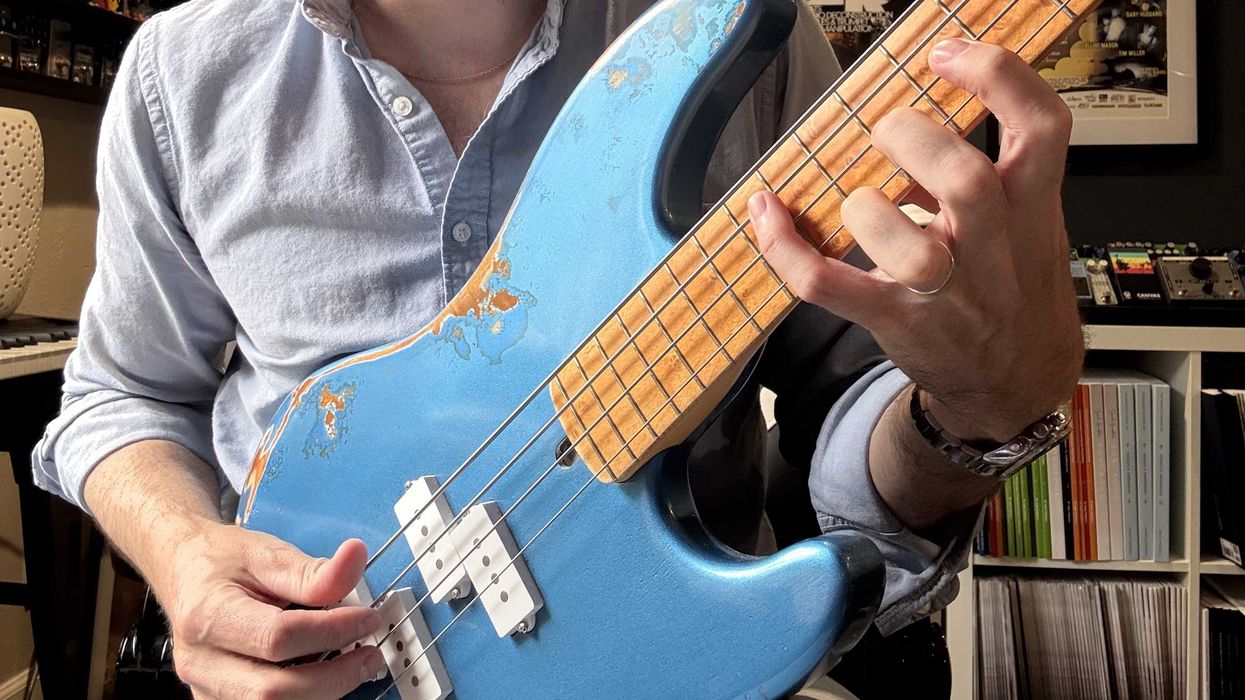 |
This month, we’ll wrap up our three-part series by addressing two questions: What is a “good sound” for a steel-string guitar, and how is it different from a “good sound” for the nylon-string guitar?
One of the most important things you should look for in any guitar is a balanced response—the bass, middle, and treble tones should match each other in volume and presence on all parts of the fretboard. However, steel-string and nylon-string guitars have distinct and differently balanced “target” sounds.
As I mentioned in my August 2010 column—“What Makes an Acoustic Tick?”—steel-string guitars are meant to produce a bright sound. This is a natural function of their basic construction and stringing. On the other hand, the default voice of the fan-fretted classical guitar is the opposite, with the bass normally stronger than the treble. This too is a function of the basic design, construction, and stringing. The woods could all be the same, but the stringing, structure, and mechanical tensions the steel-string and nylon-string guitars operate under are very different. The luthier’s main challenge is crafting a sound box that is sonically balanced, full, and complete. And this is no easy task.
Well-constructed nylon-string guitars produce treble notes that sound brilliant. They stand up to the bass notes, but also have their own very clear identity—that’s the standard by which these guitars are judged. When an experienced classical guitarist first picks up a new guitar, his fretting hand will immediately go to the 12th position to assess the high notes. It’s the standard acid test for a nylon-string guitar—similar to stepping into a new racing car and immediately revving the engine to get a sense of its power. In contrast, most steel-string guitarists will strum a chord in the 1st position when picking up a new guitar for the first time.
For an excellent example of tonal brilliance in the classical guitar, just listen to some of Segovia’s early recordings, in which he plays slowly, expressively, and romantically. He places great emphasis on some of the high notes in a manner that their smoothly accented ping becomes part of the song’s romantic sensibility. The notes simply sparkle.
When discussing the desirable tonal characteristics of a steel-string guitar, the best instruments are those possessing a full, solid, vigorous, punchy, and open low-end response. A well-constructed steel-string will sound like heavy honey—while poorly constructed instruments tend to have a tinny sound and shallow bass end. Historically, the quest for a strong bass response has been the main factor behind the creation of the larger steel-string guitar bodies, such as the dreadnought and jumbo. Of course, smaller sound boxes are better for producing midrange and treble frequencies.
The classical guitar is typically associated with culture, refinement, disciplined tastefulness, and concert halls. So what social niche does the humble steel-string guitar occupy?
The flattop steel-string guitar is relatively light years younger than the Spanish guitar Andrés Segovia dedicated his life to making respectable, but it certainly has its own genealogy that’s just as interesting. The flattop first gained great popularity during the 1930s with the rise of the singing cowboy movies. These were the Great Depression years and people needed entertainment that could help them feel happy and forget their troubles, even for a little while. The singing cowboy heroes provided this escape—they wore white hats, loved their horses, and sang and played guitars around the campfire after defeating the bad guys. The flattop steel-string quickly became associated with the life of the hard-working man bucking great odds, one who eventually triumphed through honesty and fair dealing before riding into the sunset. Hollywood made a lot of money following this formula.
This portrayal firmly established the flattop steel-string as the good guy’s instrument and, musically speaking, made it as iconic as the American eagle. Try to think of a movie, TV show, book, radio show, comic book, stage play, magazine article, indie film—anything you’ve ever seen or heard or read—where the “bad guy” plays the guitar. Bad guys only play the piano or the organ—or the electric guitar, which is the “bad boy” of the guitar family. The archtop guitar isn’t in the discussion here, since it originally emerged as the working jazzman’s tool, and since has been taken over by well-dressed wine drinkers with upscale tastes. But in popular American culture, the flattop steel-string remains a symbol of the workingman and social heroes. How can something merely upscale compete with that?
 Ervin Somogyi
Ervin SomogyiA professional luthier since the early 1970s, Ervin Somogyi is one of the world’s most respected acoustic-guitar builders and rosette designers. To learn more about Somogyi, his instruments, or his rosette and inlay artwork, visit esomogyi.com.















